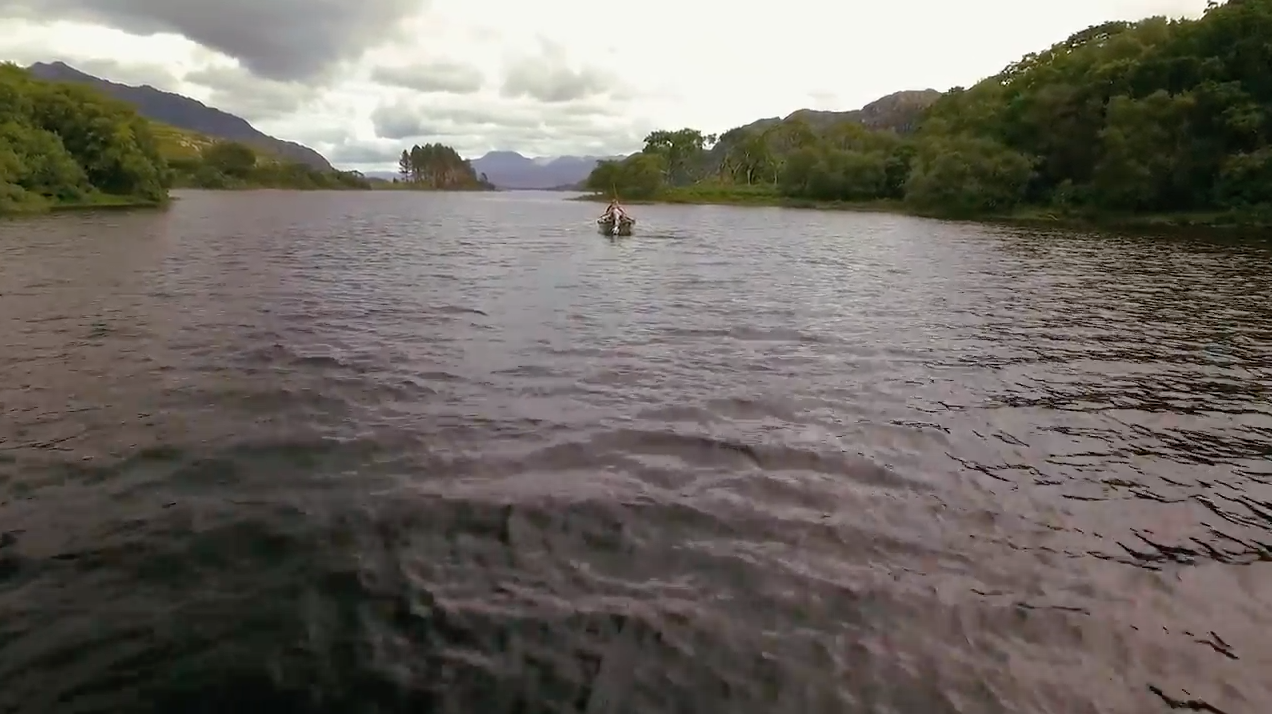We’ve known for a long time that farmed salmon arrive on our plates accompanied by plenty of peril, both for those choosing to eat these fish, and for the wild salmon and sea trout that share the oceans with big aquaculture operations.
The video below is an excellent example of what can happen to wild and native fish when salmon farming goes awry. In Scotland, the problems associated with farmed salmon—especially the sea lice that concentrate around aquaculture operations—is having an impact on sea trout that spawn in fresh water and spend much of their lives in the ocean, a lot like our salmon and steelhead. The sea trout fishery on the west coast of Scotland has crashed, thanks to a massive sea lice infestation that comes with high-density salmon farming.
Lice kill sea trout by essentially “grazing” on the skin tissue of sea trout. Very accurately, the sea trout are eaten alive. It’s tragedy, and one that’s completely avoidable. What’s more, it’s a big-time warning to fisheries managers the world over—farmed salmon operations are bad for wild and native trout and salmon, and, given the conditions that accompany high-density salmon farming, the final product can actually be unhealthy.
Next time you consider salmon in a restaurant or at the market, ask one simple question. Is it farmed salmon? If it is, choose something else.
— Chris Hunt



